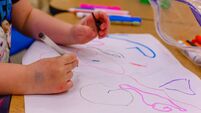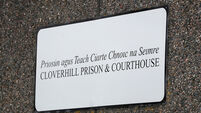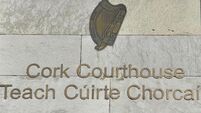Further digs at site where Iron Age man’s body found
Department of Environment archeologists have identified a 74-acre site in Co Offaly which they believe could contain other human remains or evidence of settlement.
Conditions are too wet for full-scale excavation at the moment, but it is hoped to put a team on site to begin work later in the summer once the bog has dried sufficiently. Meanwhile, efforts are ongoing at the National Museum of Ireland to determine the age of the remains of the man whose well-preserved body was found by a farmer clearing drains at Croghan Hill near Daingean almost a fortnight ago.
Visual inspection of his clothes and a bracelet he wore on his arm suggest he lived up to 2,000 years ago, but it will be some time before the results of carbon dating tests will be available. It is not yet known whether he died at the scene or was deliberately moved there for burial, but it is hoped tests will shed some light on the circumstances of his death.
Linda Shine of the museum’s Irish Antiquities Unit said the first step was to ensure the fragile remains were properly preserved, which was a painstaking process.
“The body is with the conservation unit at the moment. The priority is to make sure it’s not going to decompose.”
The head was missing when the farmer found the body and a brief search by members of the Irish Wetlands Archaeological Unit last week failed to turn it up, but even incomplete, the remains represent a very significant find.
About 80 human remains have been found in bogs over the years, but few were as complete or in such good condition as the Croghan Hill man whose skin and fingernails were intact.
The best find, a complete, fully-clothed Iron Age male, was uncovered at Gallagh in Co Galway and sent to the National Museum in the 1820s.













